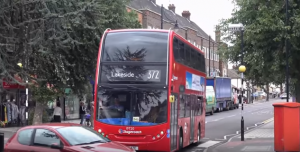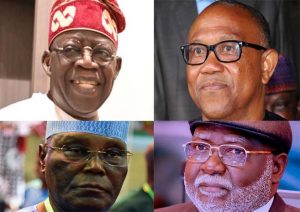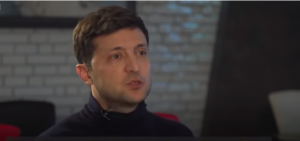The Irish Republican Army (IRA), which traces its roots to Catholic Irish nationalism in the early 1900s, was considered by many to be a terrorist organization because of certain tactics—such as bombings and assassination—it used to oppose British rule in Ireland.
The name IRA has been in use since the organization was founded in 1921. From 1969 through 1997, the IRA splintered into a number of organizations, all called the IRA. They included:
- The Official IRA (OIRA).
- The Provisional IRA (PIRA).
- The Real IRA (RIRA).
- Continuity IRA (CIRA).
The association of the IRA with terrorism comes from the paramilitary activities of the Provisional IRA, which is no longer active.
They were originally founded in 1969 when the IRA split into the Official IRA, which renounced violence, and the Provisional IRA.
The IRA’s Council and Home Base
The IRA’s home base is in Northern Ireland, with a presence and operations throughout Ireland, Great Britain, and Europe. The IRA has always had a relatively small membership, estimated at several hundred members, organized in small, clandestine cells. Its daily operations are organized by a 7-person Army Council.
From the 1970s-1990s, the IRA received weapons and training from various international sources, most notably American sympathizers, Libya and the Palestine Liberation Organization (PLO).
The IRA’s Objectives
The IRA believed in the creation of a unified Ireland under Irish, rather than British rule. PIRA used terrorist tactics to protest the Unionist/ Protestant treatment of Catholics in Northern Ireland.
Political Activities
The IRA is a strictly paramilitary organization. Its political wing is Sinn Féin (We Ourselves, in Gaelic), a party that has represented Republican (Catholic) interests since the turn of the 20th century. When the first Irish assembly was declared in 1918 under the leadership of Sinn Féin, the IRA was considered the official army of the state. Sinn Féin has been a significant force in Irish politics since the 1980s.
The emergence of the Irish Republican Army has its roots in Ireland’s 20th-century quest for national independence from Great Britain. In 1801, the Anglican (English Protestant) United Kingdom of Great Britain merged with Roman Catholic Ireland. For the next hundred years, Catholic Irish Nationalists opposed Protestant Irish Unionists, so named because they supported the union with Great Britain.
The first Irish Republican Army fought the British in the 1919-1921 Irish War of Independence. The Anglo-Irish treaty concluding the war divided Ireland into a Catholic Irish Free State and Protestant Northern Ireland, which became the British province, Ulster. Some elements of the IRA opposed the treaty; it was their descendants who became the terrorist PIRA in 1969.
Official talks between Sinn Féin and the British government began in 1994 and appeared to conclude with the 1998 signing of the Good Friday Agreement. The Agreement included the IRA’s commitment to disarm. PIRA strategist Brian Keenan, who had spent over a generation promoting the use of violence, was instrumental in bringing about disarmament (Keenan died in 2008). By 2006, the PIRA appeared to have made good on its commitment. However, terrorist activity by the Real IRA and other paramilitary groups continues and, as of the summer of 2006, is on the rise.




